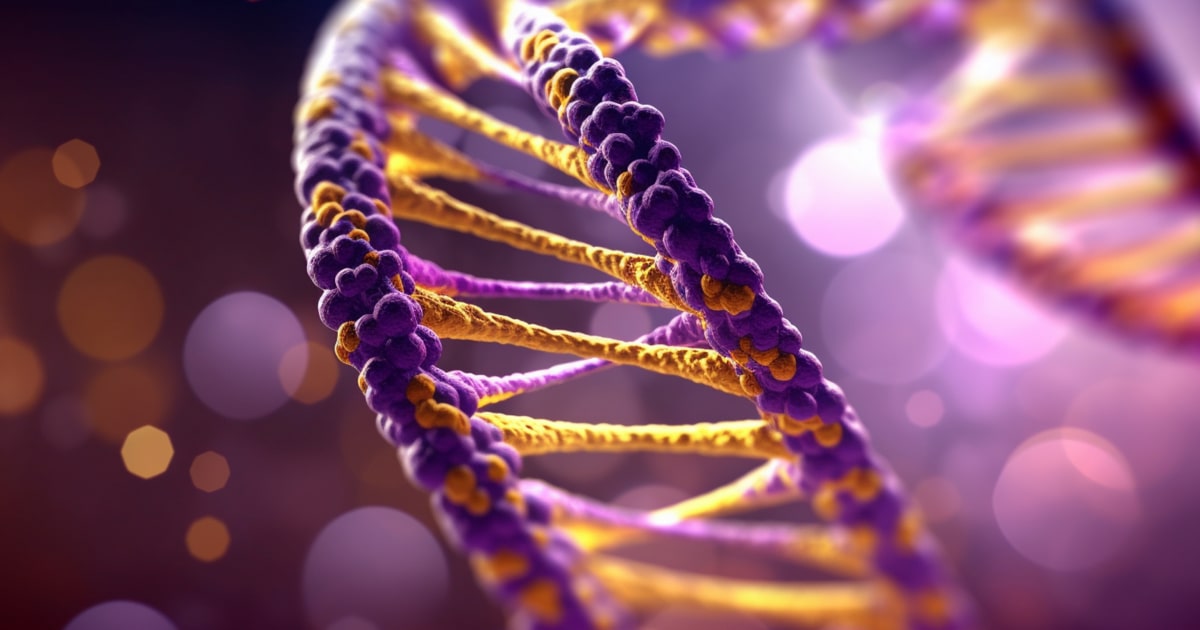
Expert Reviewed By: Dr. Brandon Colby MD
Decreased testicular size is a condition that can have significant implications for male fertility, and understanding its causes and potential treatments is essential for those affected. In recent years, research has shed light on the genetic and environmental factors that contribute to this condition, and genetic testing has emerged as a valuable tool for diagnosis and management. In this article, we will explore the latest findings on the causes of decreased testicular size, discuss the role of genetic testing in diagnosis and treatment, and examine how these insights can be applied to help those affected by this condition.
Understanding the Causes of Decreased Testicular Size
Several factors have been identified as contributing to decreased testicular size and impaired fertility in men. Some of the most recent research findings include:
X-linked RBBP7 mutation and maturation arrest
A study published in the Journal of Clinical Investigation has identified a deleterious hemizygous variant of X-linked retinoblastoma-binding protein 7 (RBBP7) as a potential key cause of maturation arrest and testicular tumors. This finding provides valuable insights into the co-occurrence of these diseases and highlights the importance of genetic testing in identifying the underlying cause of decreased testicular size.
Skin inflammation and testicular function
Research on mice published in Biomedicines has shown that skin inflammation, such as dermatitis, can cause male infertility by affecting testicular and sperm function through the production and release of inflammatory cytokines. This finding underscores the importance of considering environmental factors in the assessment and management of decreased testicular size.
Genetically inherited obesity and high-fat diet-induced obesity
A study in Endocrinology has found that genetically inherited obesity and diet-induced obesity have different effects on fertility and spermatogenesis in rats. This suggests that male obesity-induced infertility in humans could be a combination of genetic and environmental factors, emphasizing the need for a comprehensive approach to diagnosis and treatment.
Diagnosing Decreased Testicular Size and the Role of Genetic Testing
Given the complex interplay of genetic and environmental factors that contribute to decreased testicular size, genetic testing can be a valuable tool for diagnosis and management. By identifying specific genetic mutations or abnormalities, healthcare providers can gain a better understanding of the underlying causes of the condition and develop targeted treatment plans.
Genetic testing for X-linked RBBP7 mutation
As mentioned earlier, the identification of the X-linked RBBP7 mutation as a potential cause of maturation arrest and testicular tumors highlights the importance of genetic testing in diagnosing decreased testicular size. By testing for this specific mutation, healthcare providers can identify affected individuals and develop appropriate treatment plans to address the underlying cause of the condition.
Genetic testing for inherited obesity
Given the potential role of inherited obesity in contributing to decreased testicular size, genetic testing for obesity-related genes can help healthcare providers identify individuals at risk and develop targeted interventions to address this contributing factor. By understanding the genetic basis of obesity in a given individual, personalized treatment plans can be developed to improve fertility outcomes.
Using Genetic Testing to Inform Treatment and Management
Genetic testing can not only help diagnose the underlying causes of decreased testicular size but also inform treatment and management strategies. By understanding the specific genetic and environmental factors at play, healthcare providers can develop targeted interventions to address these causes and improve fertility outcomes for affected individuals.
Targeted therapies for X-linked RBBP7 mutation
With the identification of the X-linked RBBP7 mutation as a potential cause of maturation arrest and testicular tumors, targeted therapies can be developed to address this specific genetic abnormality. By focusing on the underlying cause of decreased testicular size, these treatments have the potential to improve fertility outcomes for affected individuals.
Addressing environmental factors
As research has shown, environmental factors such as skin inflammation and diet-induced obesity can contribute to decreased testicular size. By addressing these factors through targeted interventions, healthcare providers can help improve fertility outcomes for affected individuals. This may include treatments for dermatitis, weight loss interventions, or other lifestyle modifications aimed at improving testicular function and overall fertility.
In conclusion, understanding the complex interplay of genetic and environmental factors that contribute to decreased testicular size is essential for effective diagnosis and treatment. Genetic testing can provide valuable insights into the underlying causes of the condition, enabling healthcare providers to develop targeted interventions to address these factors and improve fertility outcomes for affected individuals.
About The Expert Reviewer
Dr. Brandon Colby MD is a US physician specializing in the personalized prevention of disease through the use of genomic technologies. He’s an expert in genetic testing, genetic analysis, and precision medicine. Dr. Colby is also the Founder of and the author of Outsmart Your Genes.
Dr. Colby holds an MD from the Mount Sinai School of Medicine, an MBA from Stanford University’s Graduate School of Business, and a degree in Genetics with Honors from the University of Michigan. He is an Affiliate Specialist of the American College of Medical Genetics and Genomics (ACMG), an Associate of the American College of Preventive Medicine (ACPM), and a member of the National Society of Genetic Counselors (NSGC)